
Seoul is set to become one of the most influential style and culture hubs on the planet. It’s a brave statement, perhaps. But that’s what defines the Korean creators who are shaping the city: bold, brave and proud. Visit Seoul and you will instantly encounter keys to the success of contemporary Korean culture. Dynamic energy, speed and a remix of so many things (old and new, Western and Eastern, high fashion and streetwear, industrial and craftsmanship) welcome you – although it might make you feel slightly giddy.
‘If love and hate have the same meaning, I love you, Seoul, I hate you, Seoul’, sings RM, of South Korean boy band BTS, in his song ‘Seoul’, produced by Honne. Growing up and living in Seoul, that’s how I felt about the city of over 10 million inhabitants, so intense and full of contradictions. From being one of the poorest countries in the 1960s, South Korea achieved remarkable economic growth, and such rapid social change enforced speed and fierce competition for Koreans to outperform. A small country squeezed between China and Japan, it had an insatiable desire for external recognition, which fuelled its cultural exports, from music and drama to fashion.
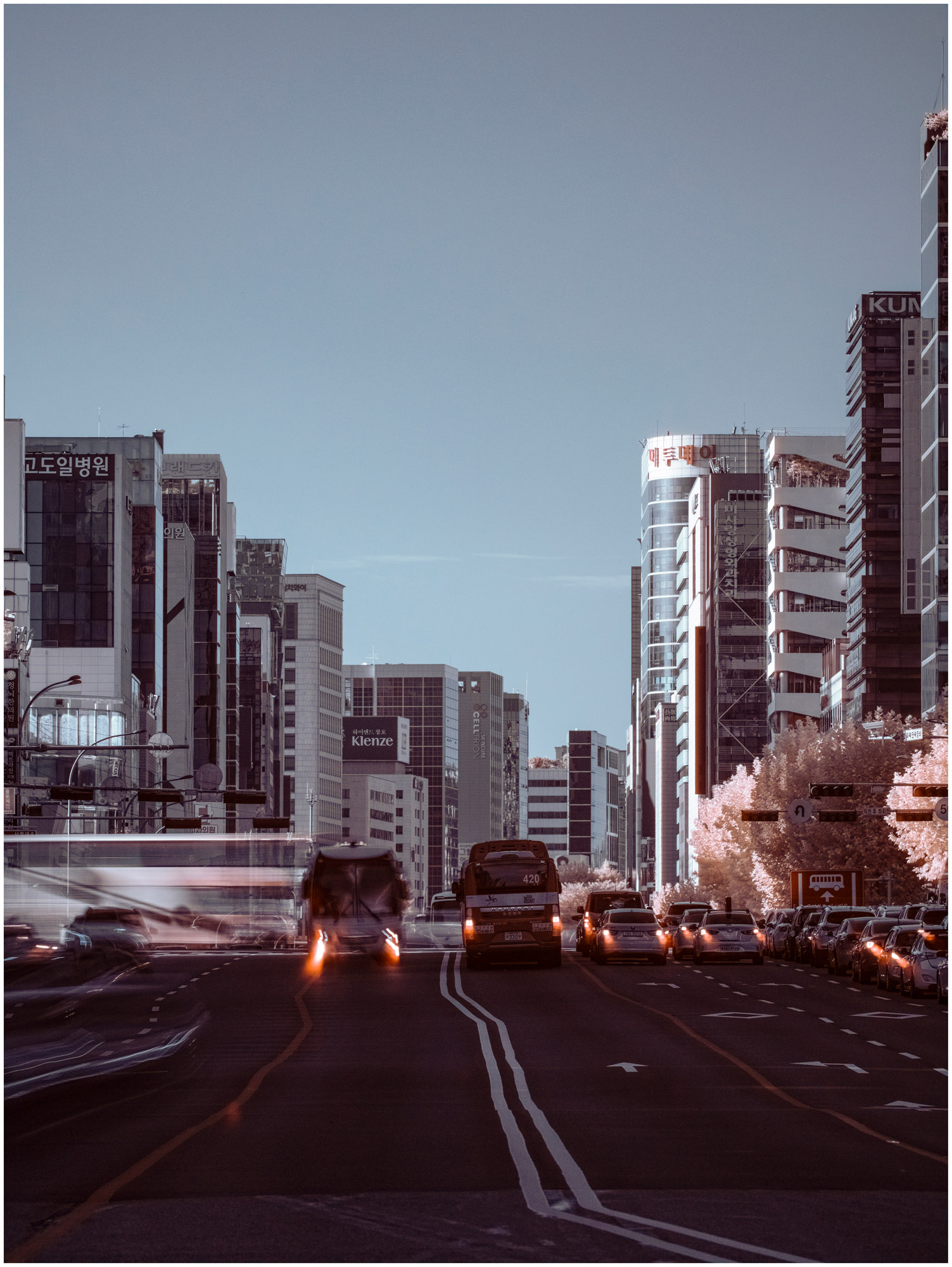
A busy road in Seoul’s affluent Gangnam district (which inspired Psy’s chart-topping song)
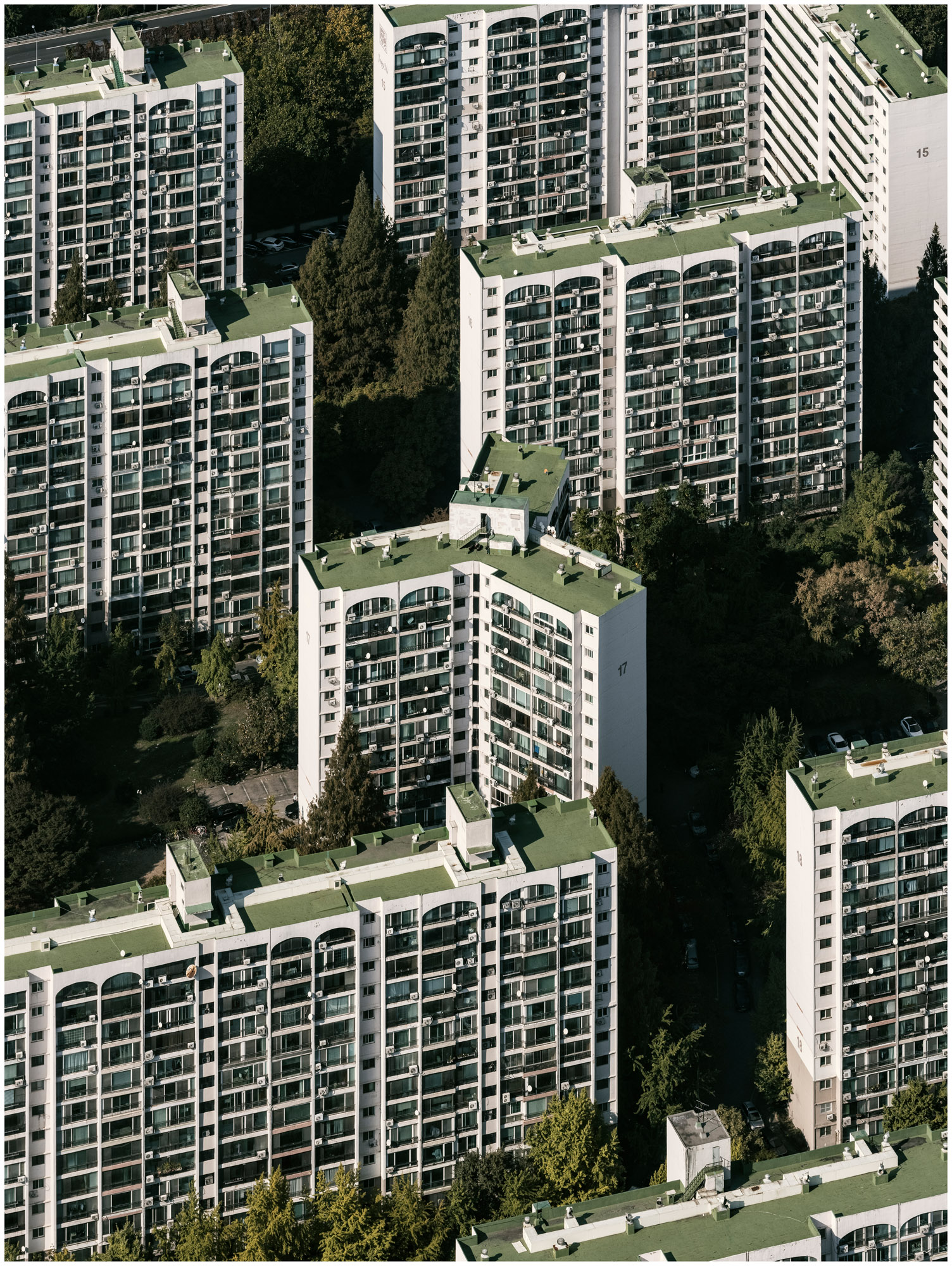
If you ask Korean artists how they did it, they’ll tell you that they are great at absorbing diverse cultural influences and remixing them to create something of their own. An extremely hard-working ethos keeps us going until we are assured that something original has been created. As Koreans have delved deeper into identity-seeking, Korean heritage has become a key influence. Keen to stand out from the crowd, Koreans once devoured foreign trends, but many now value our sense of place, our culture, traditions and the potential to rediscover our identity.
Reinventing heritage is prevalent, particularly in two of the capital’s oldest neighbourhoods, Bukchon (North Village) and Seochon (West Village). Designed by leading Korean architect Choi Wook, of One O One Architects, the flagship store of Korea’s leading beauty brand, Sulwhasoo, is located in Bukchon. Choi’s design reflects the character of the neighbourhood, a jumble of alleyways lined with traditional hanok houses. ‘Korean culture has a long tradition of juxtaposing images with a structured logic to express ideas, as seen in its Hangul alphabet,’ says Choi. ‘I wanted to create a place’s character through imagery and easy communication; I hoped to give back the sensation of the body along with the visual experience and convey the unique landscape of old Seoul.’
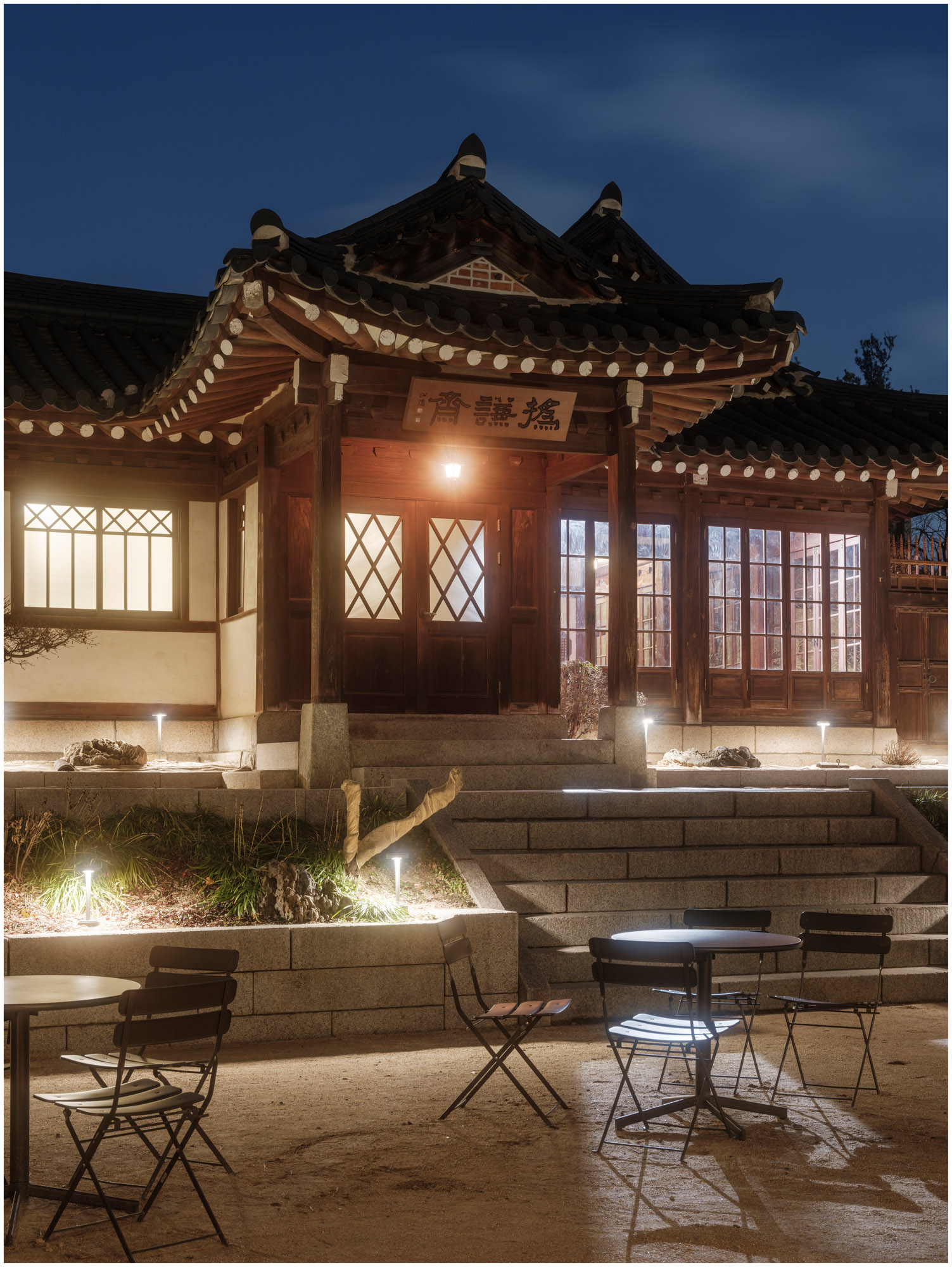
Hwuigyumjae is a stunning 120-year-old hanok in Bukchon available for private functions
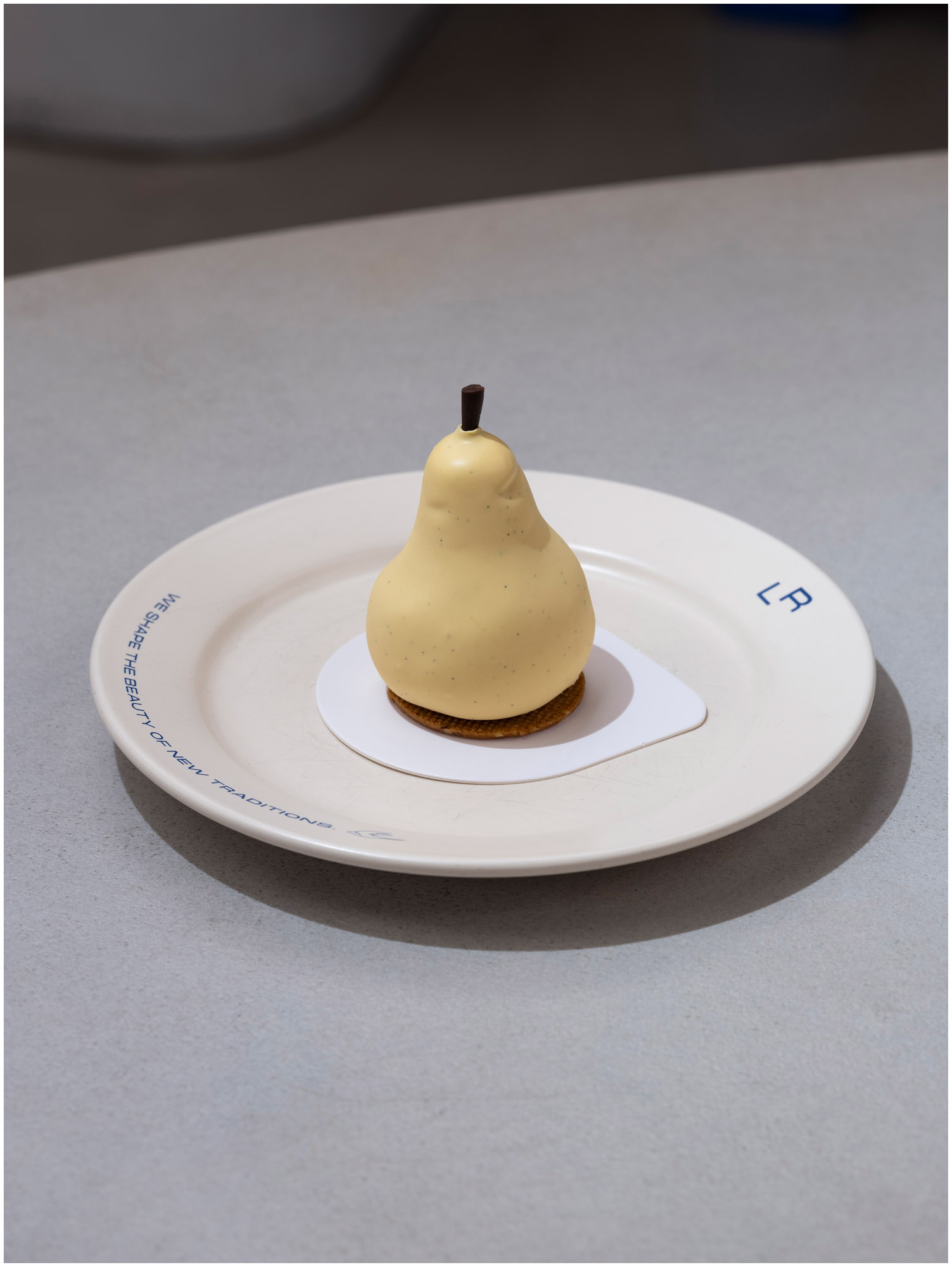
Hwuigyumjae’s Lowroof Café serves a beautifully presented pear and ginger mousse dessert
Choi believes that Seoul’s architecture is a reflection of Korea’s identity. ‘It is a complex of many fragments, chaotic but cheerful. It is not considered grand or beautiful, but it has a unique energy that blends with the mountainous landscape. It is not a collection of individual buildings but a giant collective.’ On the other side of Gyeongbokgung Palace is the Seochon district, home to the Onjium research institute, a cultural guardian of Korean traditions. ‘We carry out research, exhibitions, publishing and consulting centred on clothing, the culinary arts and lifestyle to ensure our traditional culture continues in modern life’, says Onjium’s chief creative officer Jeongin Kathryn Hong.
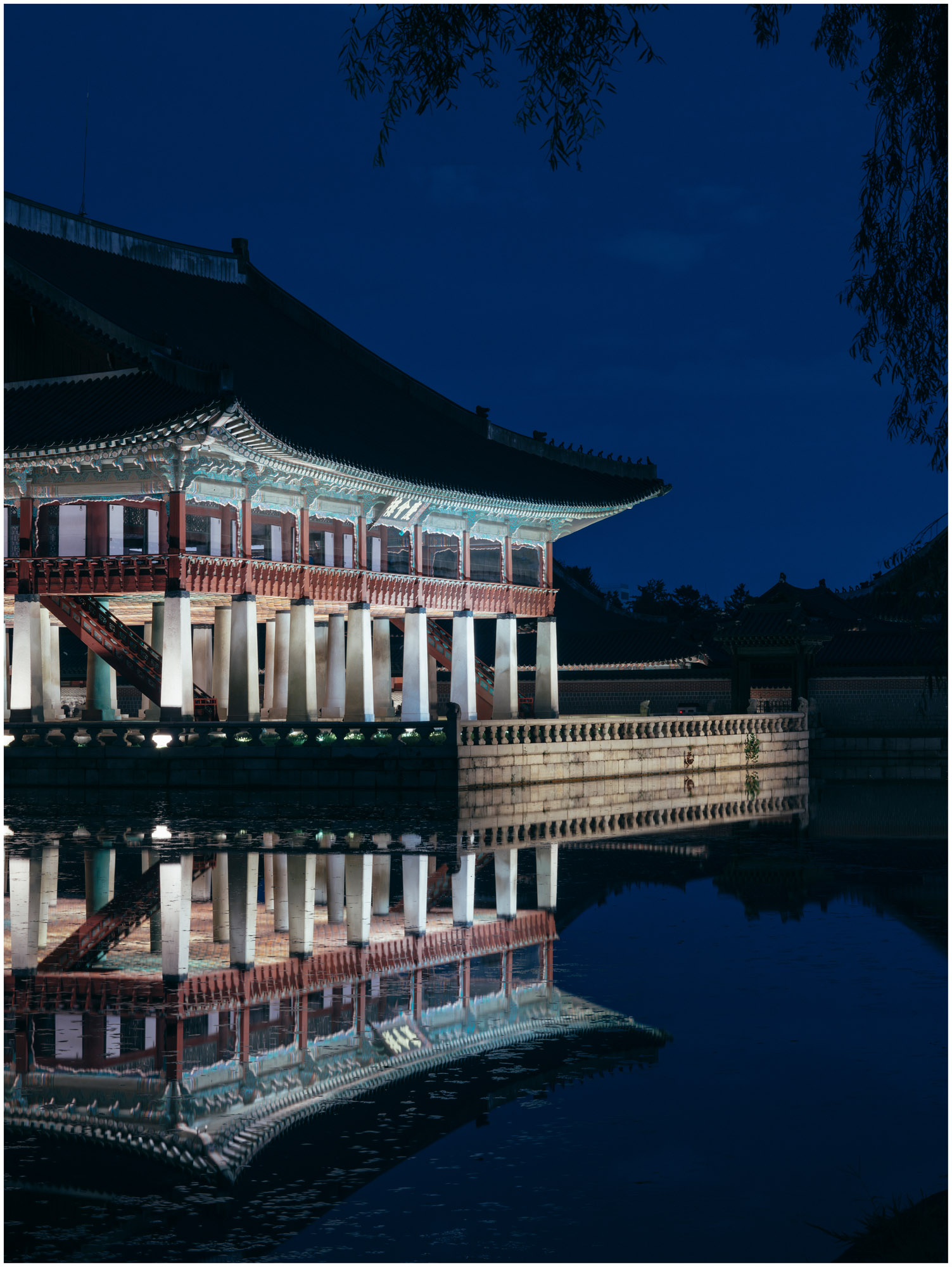
Royal Banquet Hall at Gyeongbokgung Palace
The centre also runs one of the most respected fine dining restaurants in town. Many acclaimed local establishments, such as Mingles, Mosu and Jungsik, reinvent staple Korean ingredients into recipes with a modern flourish. At Onjium, deep research takes a driver’s seat. Explaining Onjium’s approach, Hong quotes an ancient book: ‘The better the taste, the lighter it is. It is easy to get tired of a stronger flavour after the first taste, but a light flavour gradually seeps in and captivates for a long time.’

The restaurant at Onjium is one the most respected Korean fine dining establishments in town
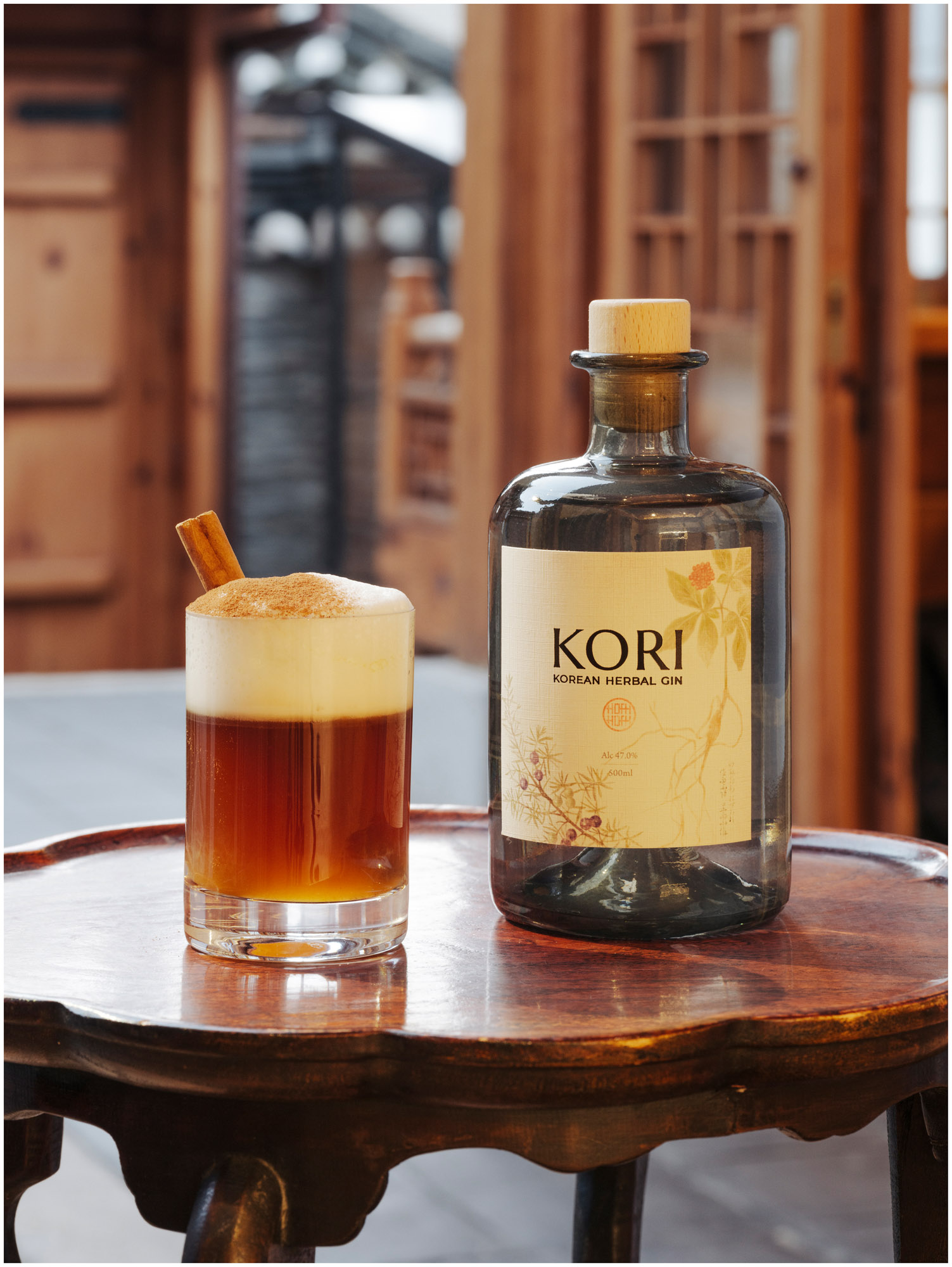
Kori gin, on the bar menu at the Rakkojae hanok hotel in Bukchon, is made with ten different local botanicals
At Seochon Lounge, run by Seoul’s local government, the aim is to provide much more than just a cup of Korean tea for visitors. It offers guests the chance to experience everyday life in a hanok, with ongoing exhibitions on K-style living, and a library. ‘Thanks to interesting collaborations, today’s hanoks extend to hip and trendy contents, and young audiences love their increasingly evolving charm and values,’ says Yoo-sik Kim, Seoul’s director of hanok policy. You can pick up Korean crafts at Solunaliving or Ilsang Yeoback, while enjoying exhibitions by Korean designers and artisans.
Receive our daily digest of inspiration, escapism and design stories from around the world direct to your inbox.

A newly reinterpreted traditional fabric at Onjium, a leading cultural foundation in Seochon

The contemporary design and lifestyle gallery Ilsang Yeoback
Seoul, formerly known as Hanyang during the Joseon Dynasty (1392-1897), was chosen as a capital for its outstanding feng shui. ‘The four mountains surrounding old Seoul are its best landmarks,’ said Seung H-Sang, who became Seoul’s first city architect in 2014. He shifted direction from urban growth to regeneration, and argued against people who felt Seoul needed a landmark by a starchitect.
You can easily hike up Inwang Mountain, or walk around the old city walls to appreciate the charm of old palaces oddly set against the dramatic backdrop of the grey slabs of tall buildings. My Life as an Architect in Seoul (Thames & Hudson; among Wallpaper’s pick of architecture books), by another established architect Byoung Cho, will equip you with a warm-hearted architectural guide to the city.
Seoul is dense and chaotic, with buildings tumbling over each other. You can take an underground train for 15 minutes and walk out into yet another bustling centre. But it’s easy to embrace this chaos once you realise how aptly it reflects the energy of the city, where dynamic architecture and hyper-aesthetic, cutting-edge shops are juxtaposed with great swathes of the old grey streetscape.
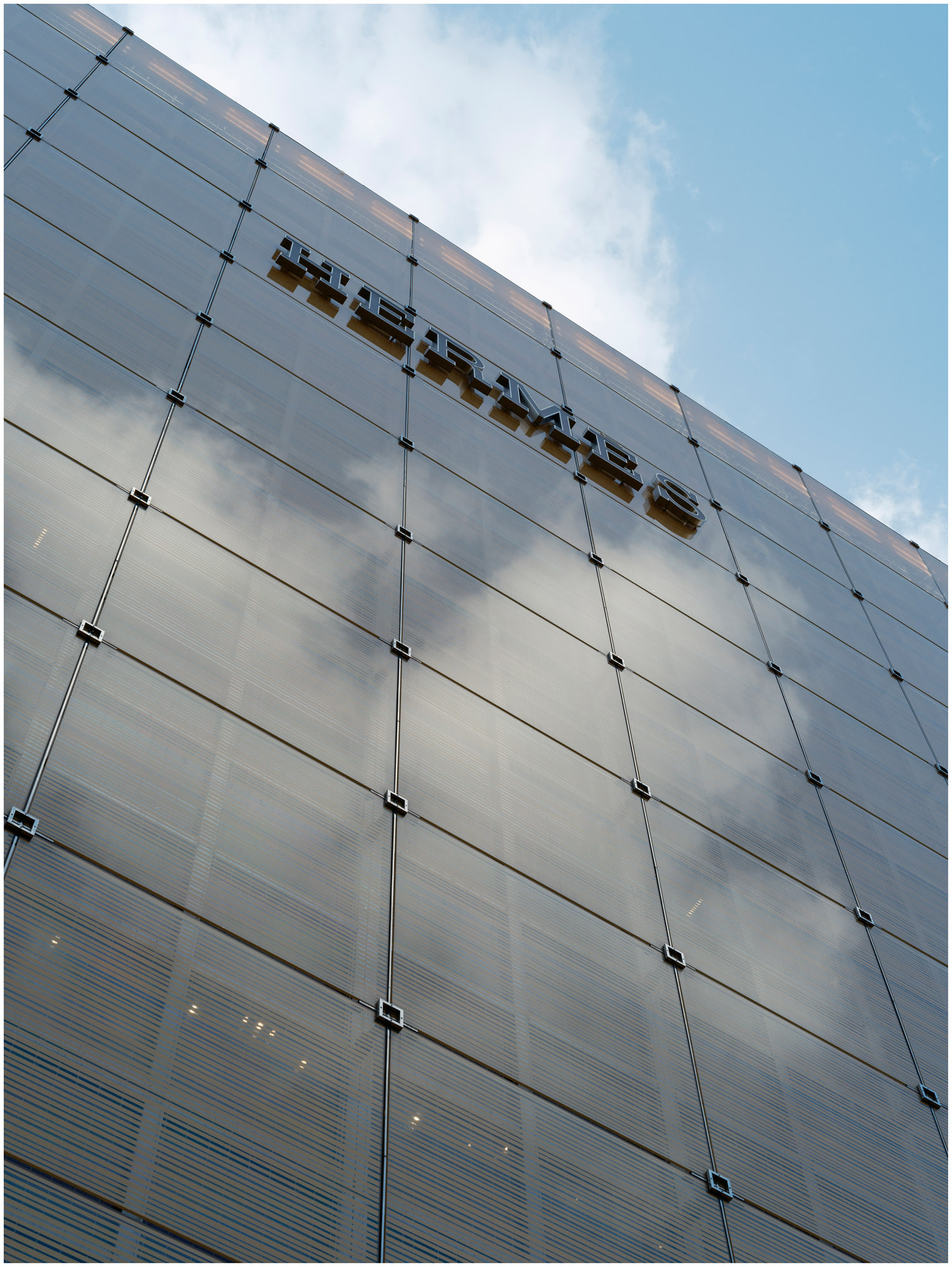
The Hermès store in Dosan Park, designed by RDAI

Aesop’s new store in Seochon, designed in collaboration with Samuso Hyojadong
Trends come and go super-fast in Korea, but being on trend helps the fashion industry to develop fast and nurture talented designers. PAF (Post Archive Faction), stocked at Dover Street Market and Ssense, is one to watch. ‘For every PAF collection, there are “Left”, “Centre” and “Right” labels,’ PAF founder Dongjoon Lim says. ‘In Korea, political tension is high, but you are not supposed to casually express it, so I wanted to take on it in a playful way through clothes.’
Here is why he thinks PAF attracts global fans: ‘With each collection,we genuinely change. We continue to break with tradition and remix the past and the present.’ Lim believes this is the best time to start a brand in Seoul. ‘The spotlight is on Korea and you can access a great infrastructure in the middle of the city, something that will unfortunately soon disappear.’

Post Archive Faction’s boutique in Seoul’s industrial Dasan-ro district. The sought-after label is known for its evolving uniform concept
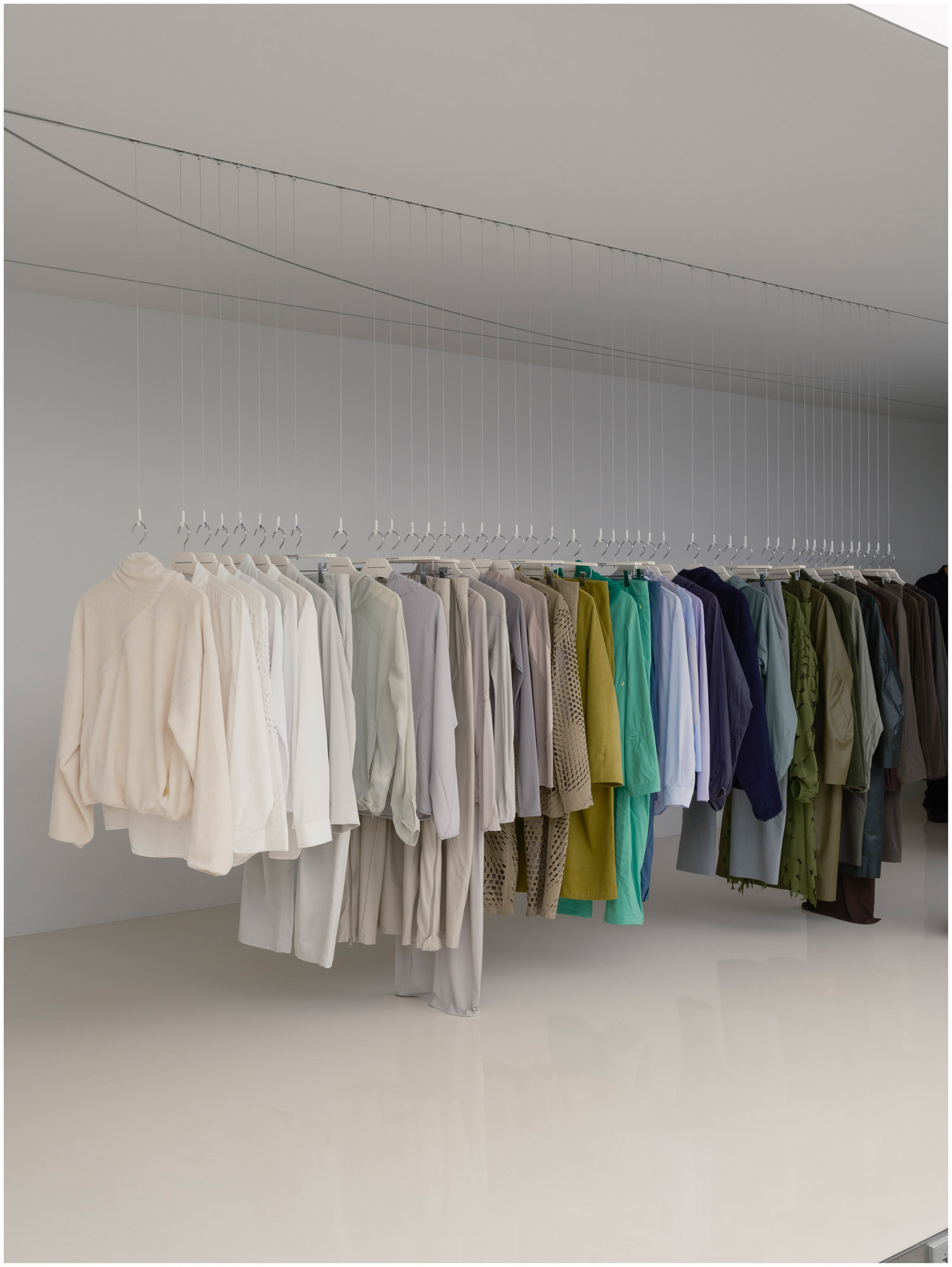
Post Archive Faction
South Korean brands such as Hyein Seo, Kanghyuk and We11Done established themselves by redefining the contemporary notion of luxury, but Seoul’s sybaritic aspirations are reaching new heights. Homegrown tailoring brand Lerici approaches its craft with an architectural perspective. Its eight seasoned Korean tailors produce only 16 suits per month, spending 90-100 hours for each garment sold at £6,000-8,000.
In the art world, Seoul’s rich pool of artists, private and public museums, and collectors have brought key players, such as Frieze Seoul, and blue-chip galleries, including White Cube and Thaddaeus Ropac, to town. ‘Seoul is an incredibly exciting destination for the arts that really shines amid the breadth and quality of its cultural landscape,’ says Frieze Seoul director Patrick Lee. ‘I would describe the art scenes as both cutting-edge and enmeshed in Seoul’s history.’ Alongside staples such as the National Museum of Modern and Contemporary Art (MMCA), which also boasts a good bookstore, and Leeum museums, Seoul has many stellar museums, including the Seoul Museum of Art, which has a few branches across town, and the recently opened Songeun art space.
The Songeun art and cultural foundation has been dedicated to supporting Korean artists for the last 35 years, and its artistic director Laurencina Farrant-Lee has witnessed a significant increase in the representation of younger talents. She points out that the compartmentalisation of art departments into specific disciplines, such as Western, Oriental or Buddhist painting, is a distinctive challenge in Korea. But there is an interesting twist, she says: ‘While this structure may pose technical limitations on the creative expression, it has paradoxically spurred artists to forge new languages, resulting in an intriguing and unique panorama within the Korean art scene.’

The Songeun art space by Herzog & de Meuron features a triple-height void at its heart
At the fringes of art lie the world-famous Korean-style tattoos. ‘The human body is my canvas and needles are my brushes,’ says tattoo artist Doy, who radiates the dignity of an established artist. When he is invited to Brad Pitt’s mansion in LA to create tattoos, he gets full respect as an artist. However, the moment he lands at Incheon airport, he is treated as a criminal and customs confiscate his tools because Korea is the only country where performing tattoos without a medical licence is illegal due to its historic association with organised crime. Doy has been leading the movement to legalise tattoos and is currently producing a documentary about tattooing as an art form. He travels around the world to tattoo a dot – a fundamental component of tattoos – on people, and interviews them on what it means to them.
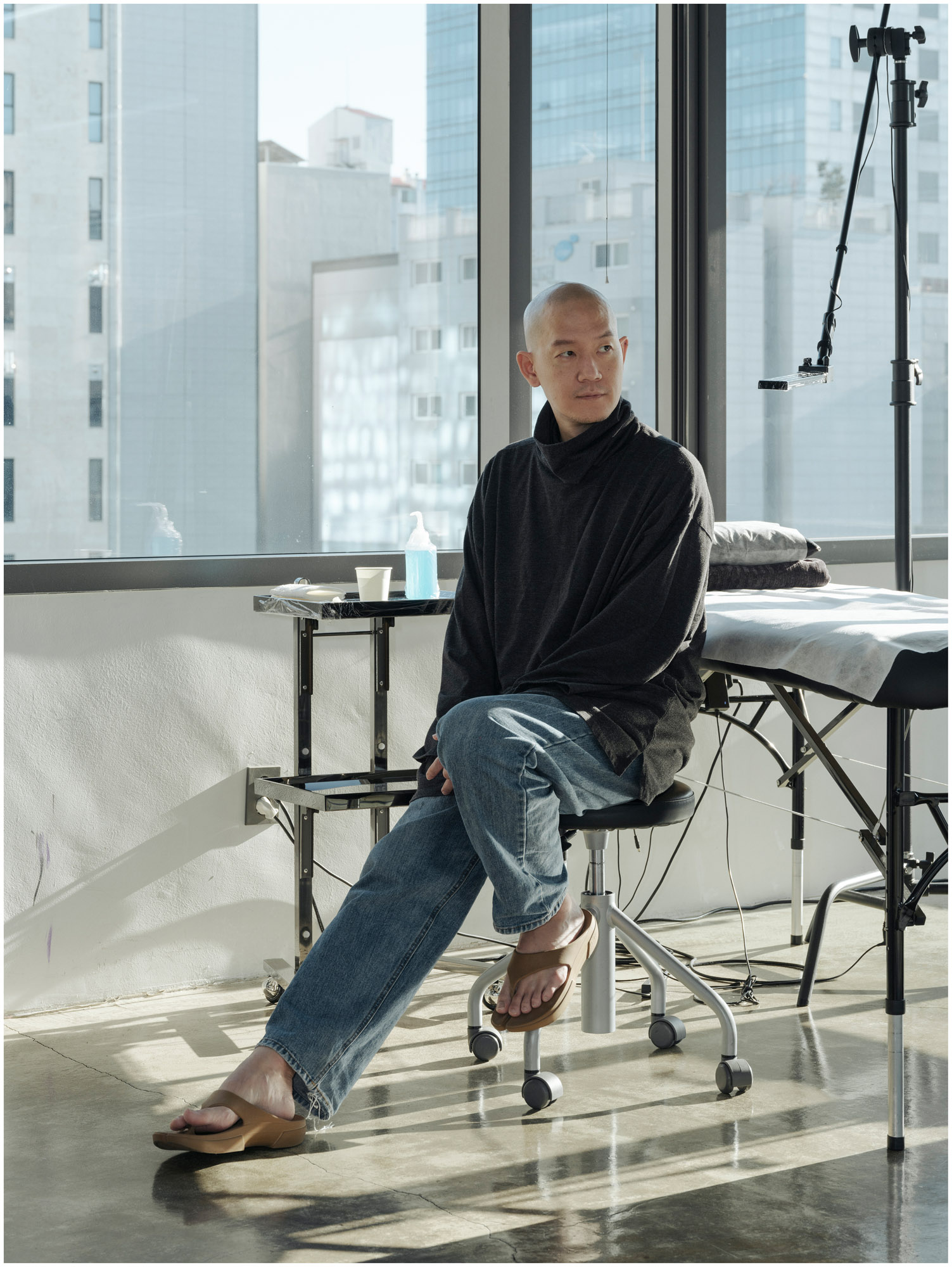
Pioneering tattoo artist Doy in his studio
Seoul is also where you can observe the future of retail spaces. Some brands here generate so much interest prior to their stores’ unveiling because they know how to create jaw-dropping spaces that will cause a buzz. At hip eyewear brand Gentle Monster’s Haus Dosan in Gangnam, immersed in the upbeat music and fashionable crowd, I felt like I had become cool. I couldn’t remember the last time I felt that way while visiting a store.
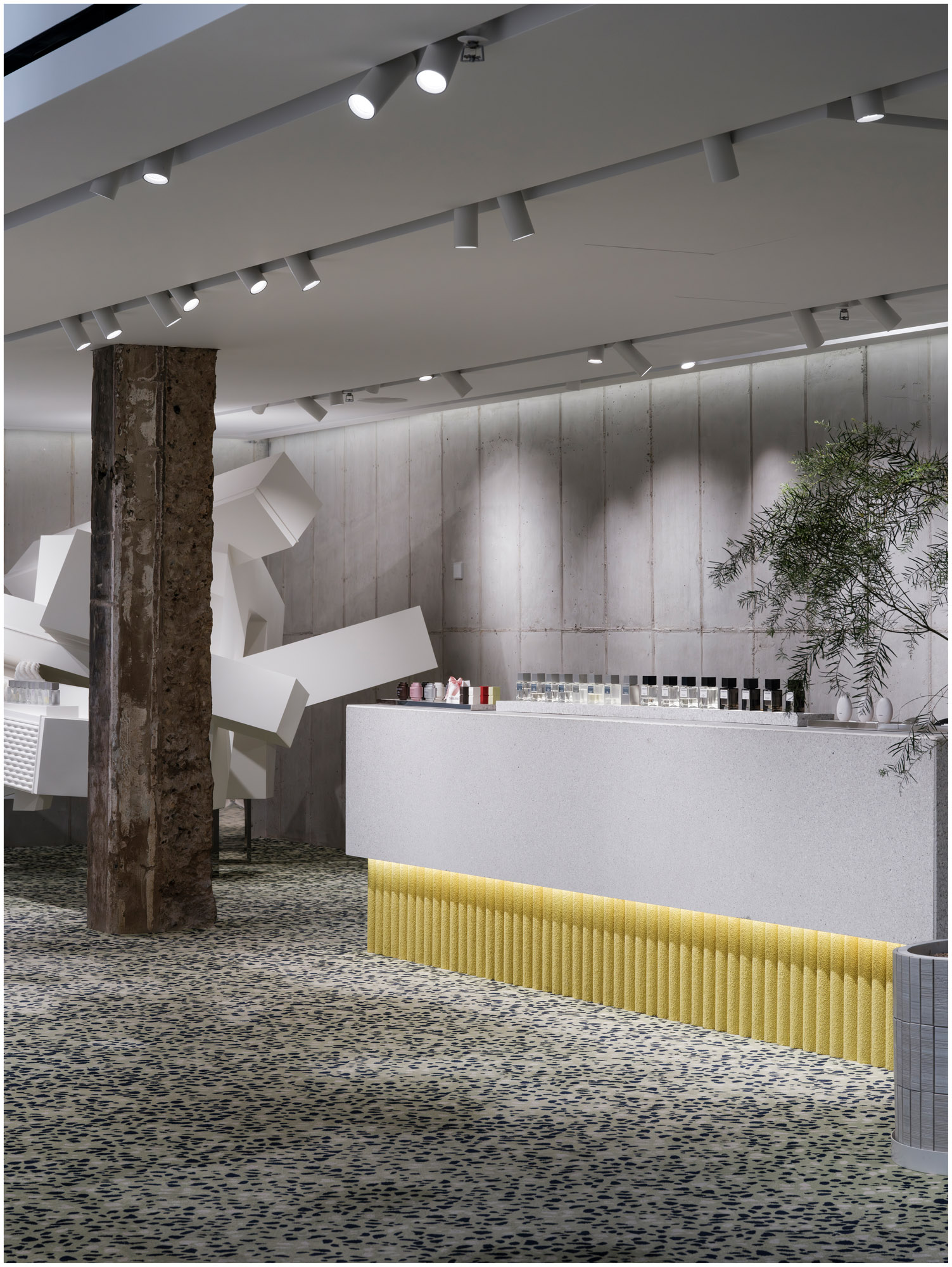
The new outpost of Gentle Monster’s fragrance brand Tamburins is an art-filled underground space in Seongsu
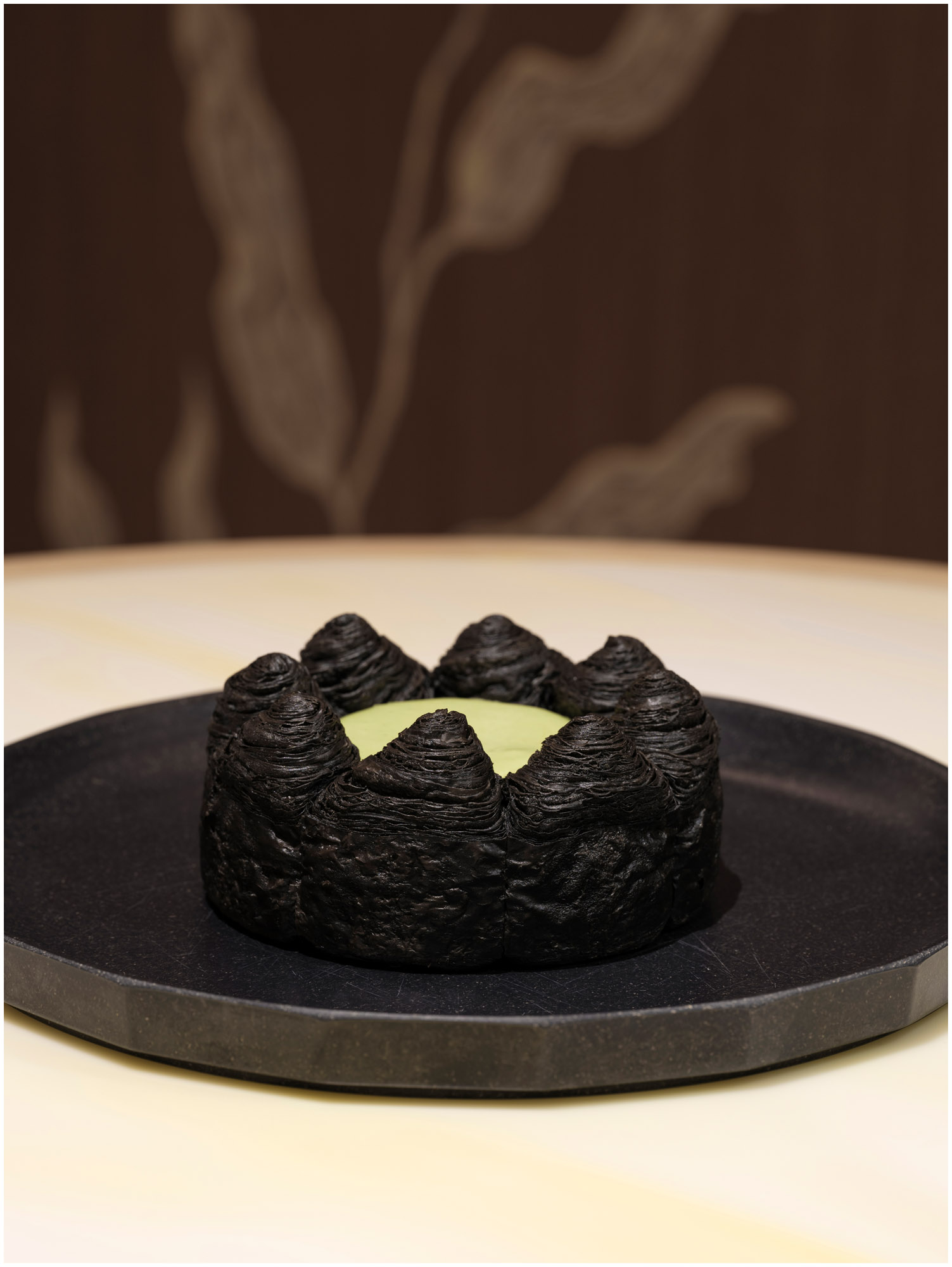
A Peak cake, comprising a black pastry crust filled with rich matcha cream, by Gentle Monster’s dessert brand Nudake
Often compared to Shoreditch or Brooklyn, Seongsu is where unexpected and creative exploration thrives, as seen in stores by fashion label Adererror or numerous pop-ups. The founder of Point of View and LCDC, which celebrate small local brands, Jaewon Kim lived in east London while studying at Central Saint Martins and liked the old redbrick buildings she found in industrial Seongsu when she returned. She started opening cafés with a design focus in 2014, and her places helped to transform the industrial streets by attracting like-minded shops.
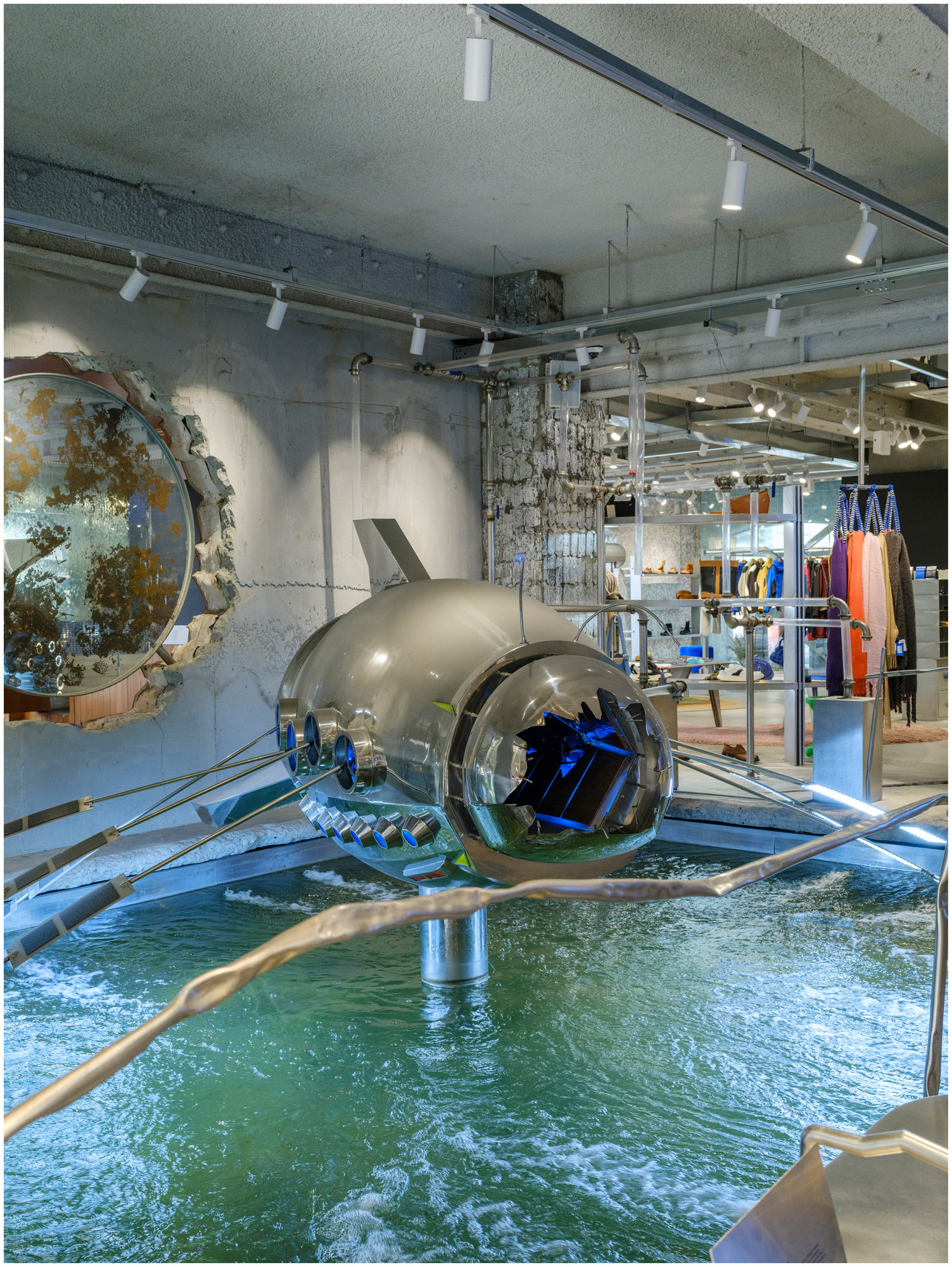
Korean design collective Adererror’s Seongsu Space boutique is full of drama and unexpected details

Seongsu Space boutique

Seongsu Space boutique
Kim’s childhood dream was to own a stationery shop. Believing tools are important for creative minds, she wanted to share her passion for stationery, hoping that her future customers would think, ‘If I write my journal using this pencil, I will feel better.’ She started Point of View in a small corner of her café in 2016, and soon realised people were visiting the café only in order to go to the shop. Success was such that she expanded it to the entire three floors of the building last year.

Jaewon Kim in her Point of View stationery shop in Seongsu
Asked why Seongsu became so popular, Kim says: ‘The contrast between the industrial background and brand new shops is a big draw. Fundamentally, Seongsu enables delightful independent shops and big brands to coexist. For a neighbourhood to develop an interesting character, you need many fabulous small businesses. But people also enjoy large spaces by big brands where you can breathe.’
South Korea is at a point of social transition. The dynamic, explosive energy of its creative scenes is a counterpoint to a very repressive society with a narrow definition of success. There is a vigorous solidarity among young creators to ride a big wave of Korean culture. Some worry that competition and speed, which trained Koreans to churn out creative content, might also break us.
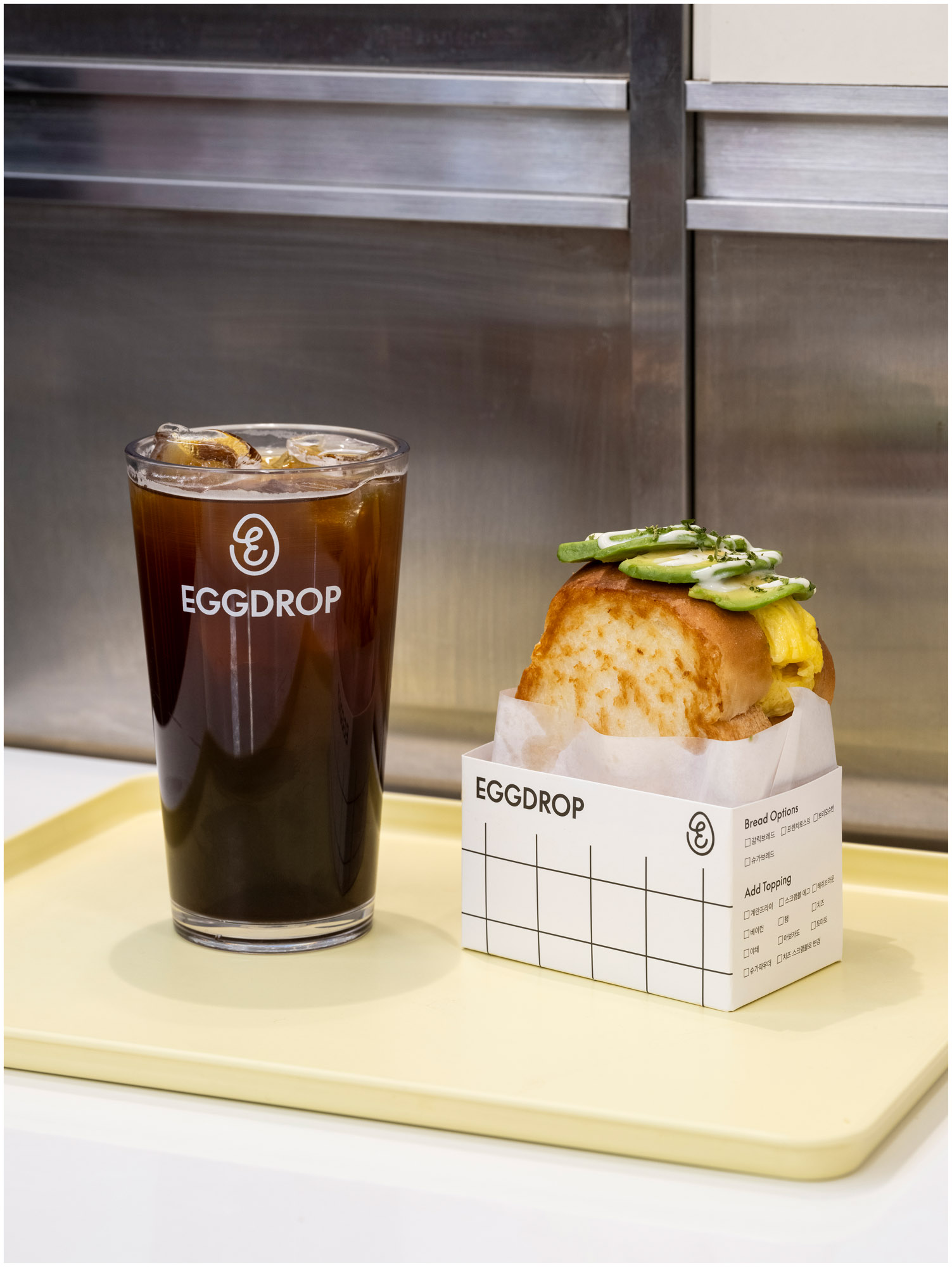
Eggdrop’s posh take on the popular street food breakfast of Korean-style egg toast
Over a nicely brewed Korean tea in his studio overlooking hills, architect Choi Wook explains what’s happening in Seoul. ‘Along with economic growth, people’s excess energy is on full display in the city, and the disharmony has created a free-spirited culture. Seoul is a safe haven from the chaotic energy of the marketplace that is common in Asia.’ What will happen to Seoul? ‘There has been a recent surge in density that is typical of a country with a growing economy, but I think the cultural maturation that will take place in the coming years of low growth will make Seoul even more beautiful.
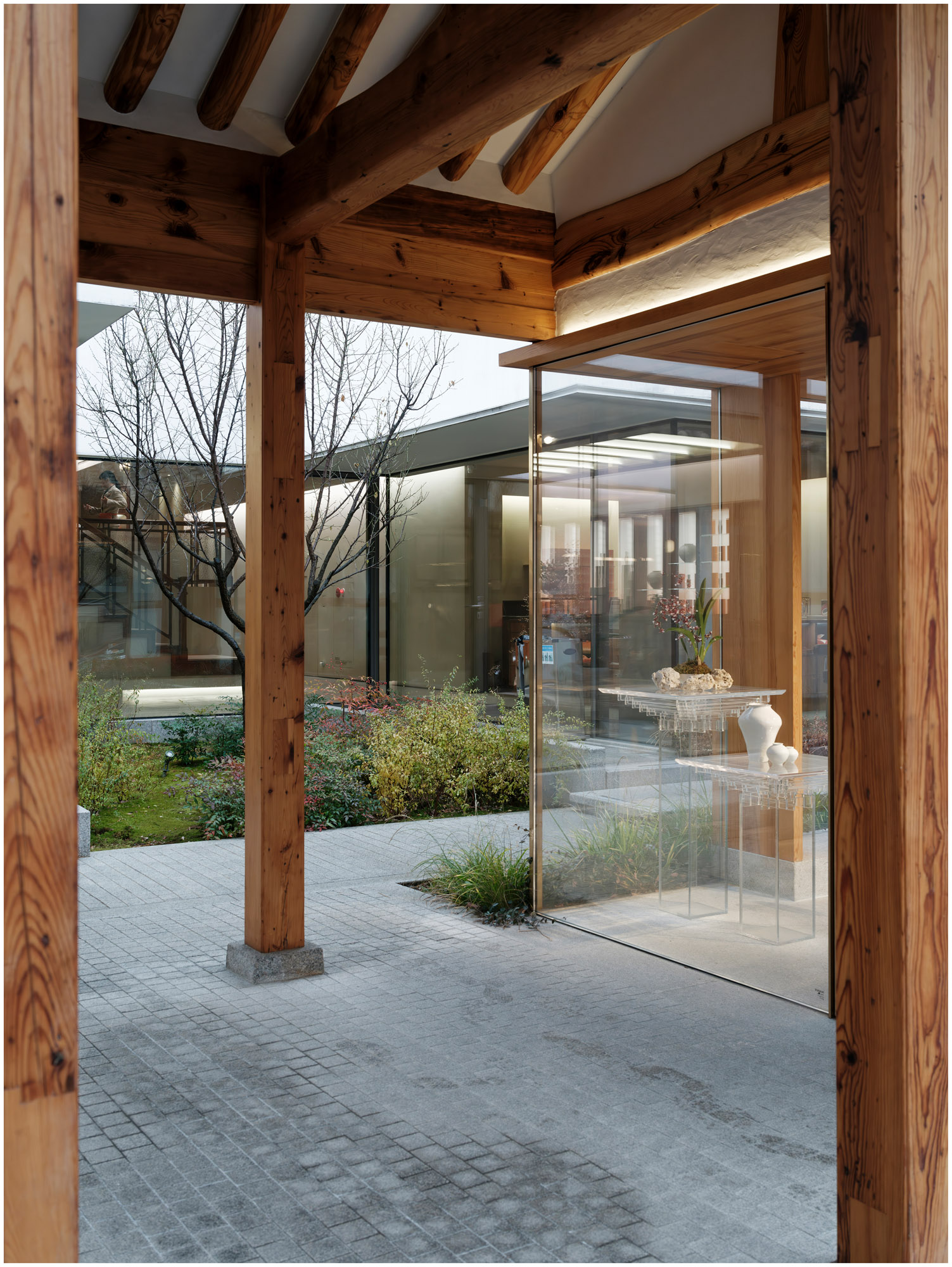
Designed by architect Choi Wook, of One O One, beauty brand Sulwhasoo’s flagship store in Bukchon combines a 1930s hanok house with a Western-style 1960s building
At times, Seoul can feel overwhelming, and to recuperate, I like to visit Welcome to Paradise, a tiny makgeolli (milky Korean rice wine) bar in Hongdae, an area known for its indie music and skate scenes. Its owner Changhee Park has a genuine sparkle in his eyes. He used to design sets for films and his bar is a collection of everything borrowed from the work of his favourite director, Wong Kar-wai. The last time I saw him, I was suddenly curious about what inspires him. ‘I used to be influenced by philosophers and monks, but now the lives around me move me. The funny lives of my friends, the bright and sunny hearts of my regulars, the sunlight pouring out of my window, and my four cats.
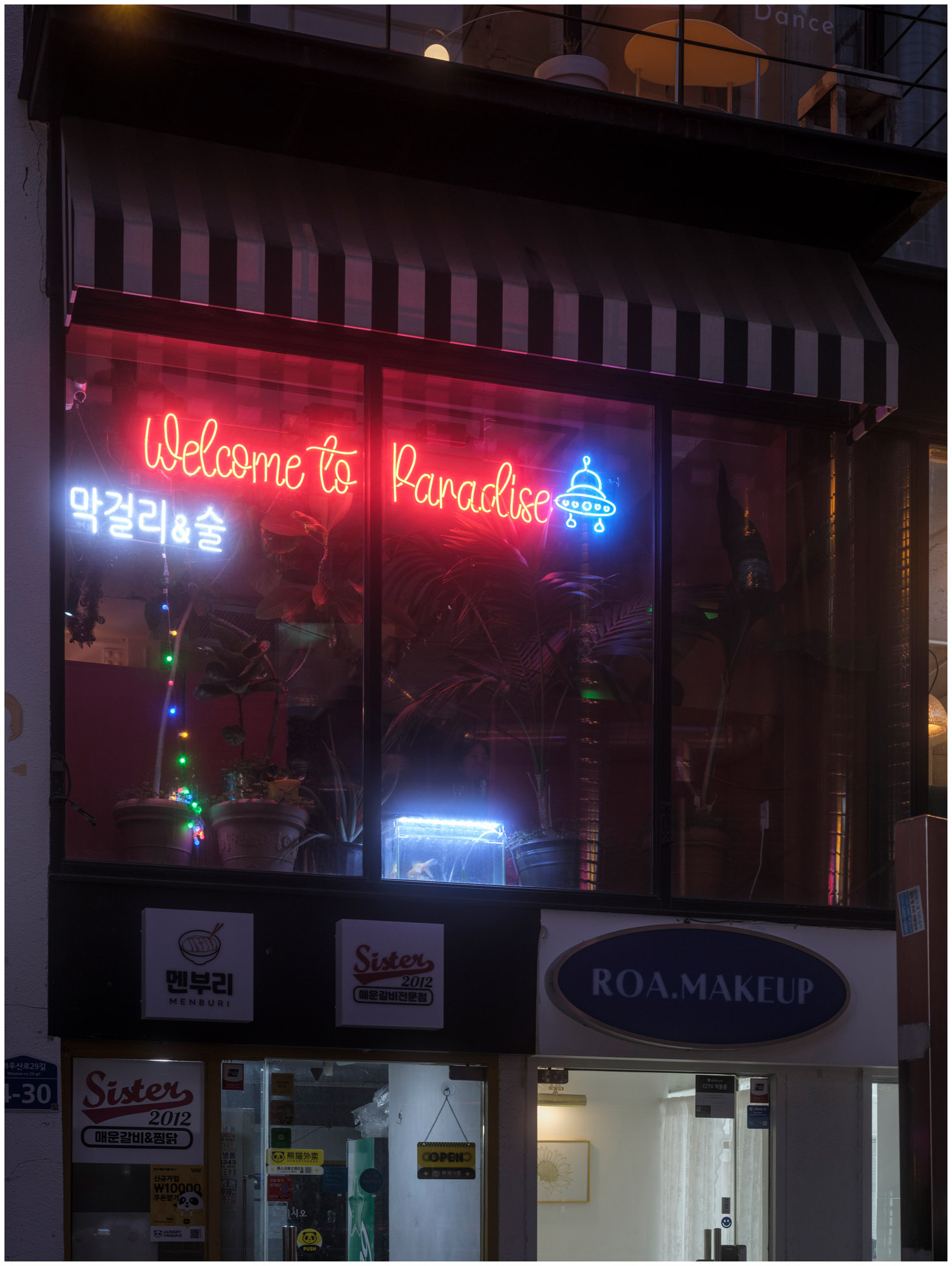
Welcome to Paradise bar
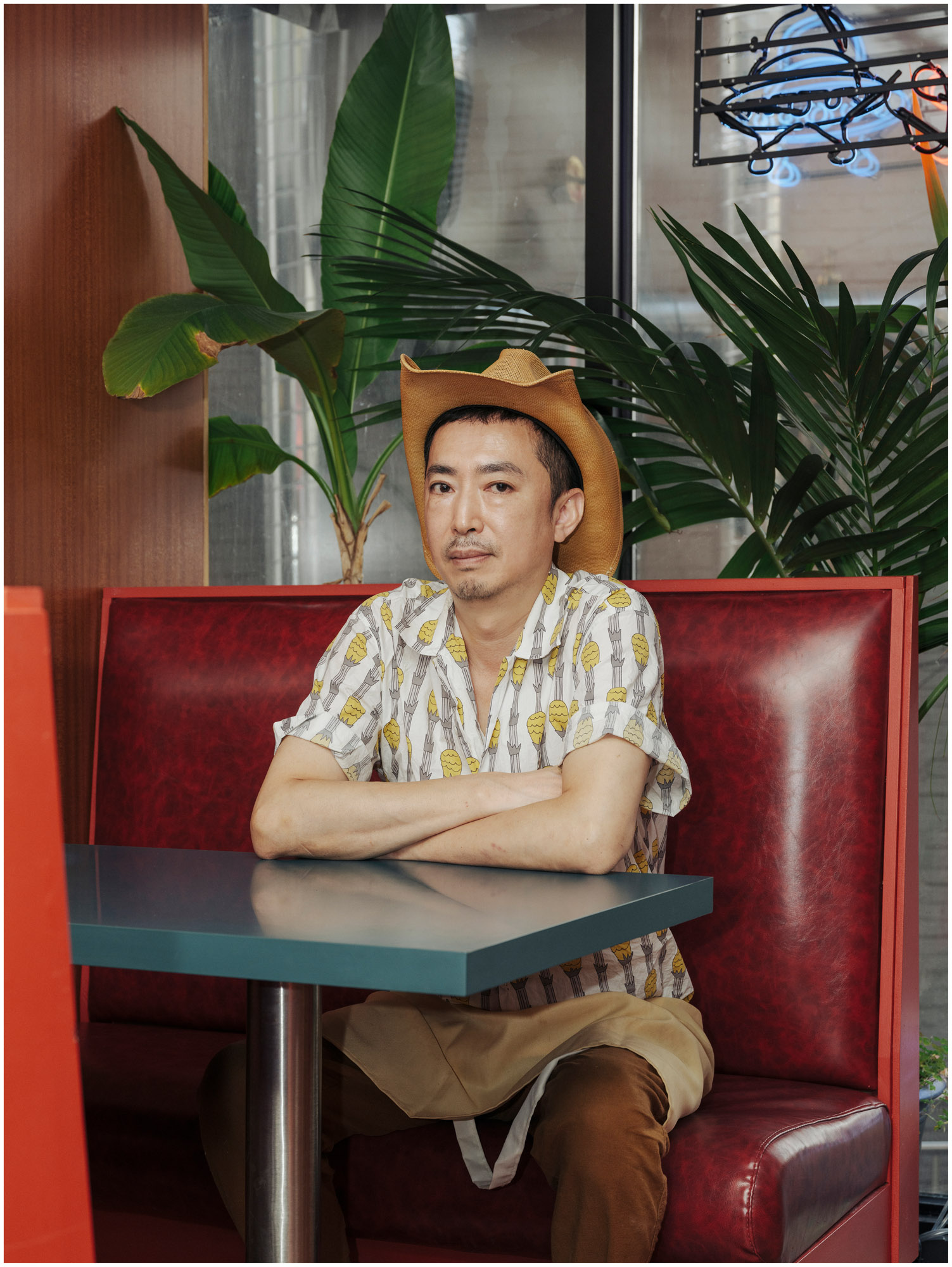
Welcome to Paradise bar’s owner Changhee Park
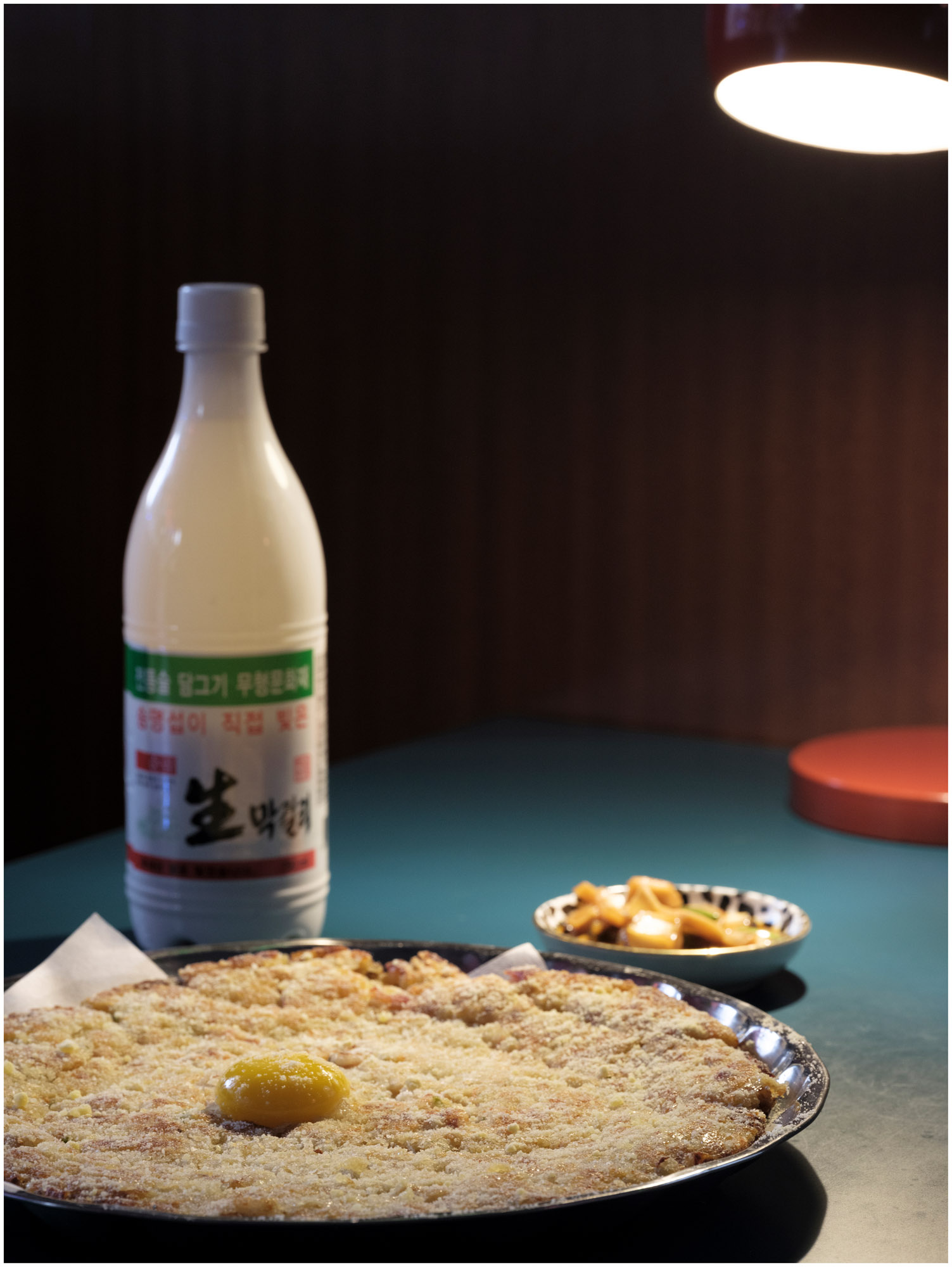
A dish of potato pancake served with makgeolli
-
 The White House faced the wrecking ball. Are these federal buildings next?
The White House faced the wrecking ball. Are these federal buildings next?Architects and preservationists weigh in on five buildings to watch in 2026, from brutalist icons to the 'Sistine Chapel' of New Deal art
-
 Georgia Kemball's jewellery has Dover Street Market's stamp of approval: discover it here
Georgia Kemball's jewellery has Dover Street Market's stamp of approval: discover it hereSelf-taught jeweller Georgia Kemball is inspired by fairytales for her whimsical jewellery
-
 The best way to see Mount Fuji? Book a stay here
The best way to see Mount Fuji? Book a stay hereAt the western foothills of Mount Fuji, Gora Kadan’s second property translates imperial heritage into a deeply immersive, design-led retreat
-
 The Wallpaper* team’s travel highlights of the year
The Wallpaper* team’s travel highlights of the yearA year of travel distilled. Discover the destinations that inspired our editors on and off assignment
-
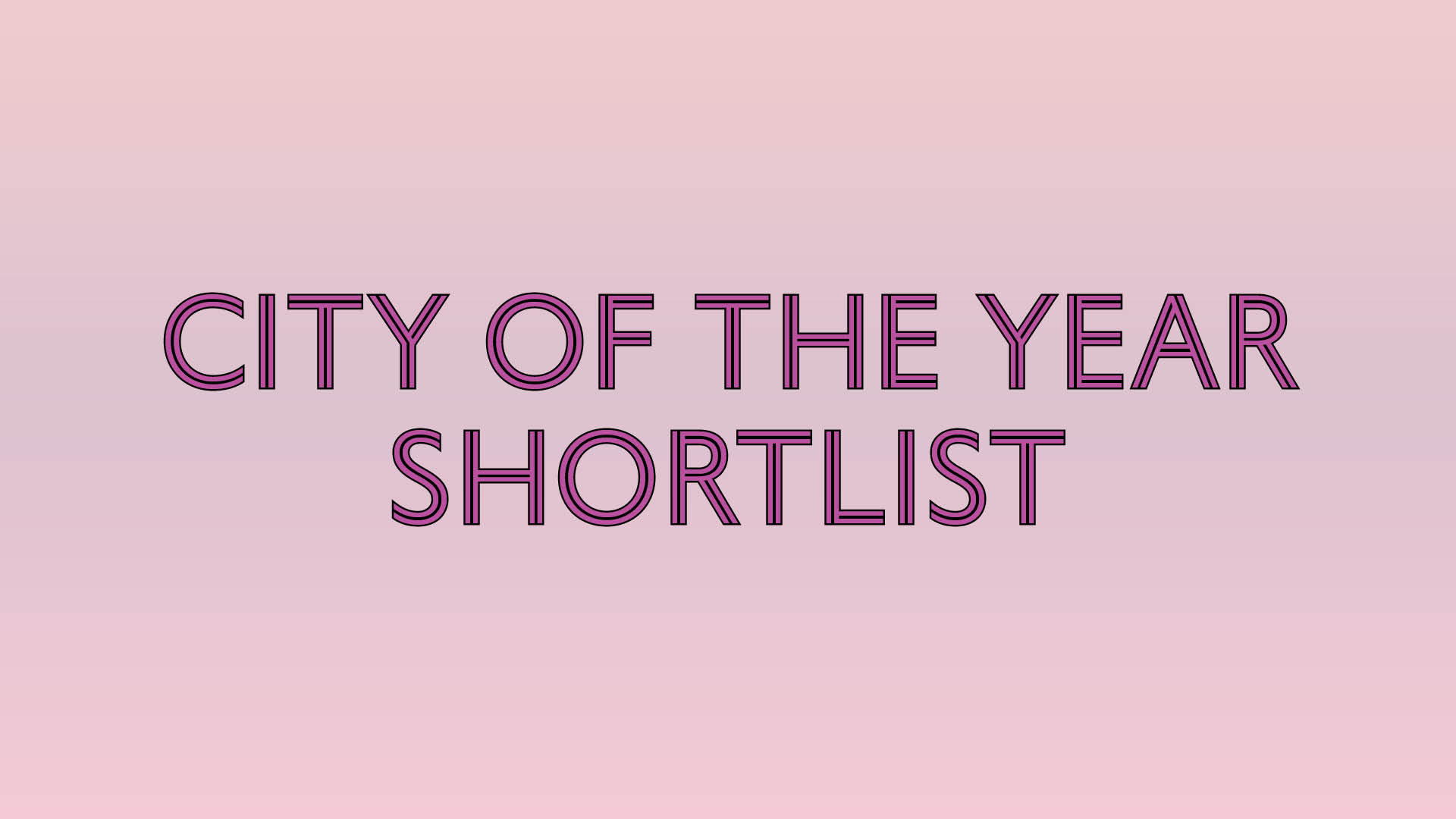 Wallpaper* Design Awards 2026: City of the Year shortlist
Wallpaper* Design Awards 2026: City of the Year shortlistExplore the nominated urban locations making an impact in design, architecture and contemporary culture
-
 Seoul welcomes the world’s first MoMA Bookstore
Seoul welcomes the world’s first MoMA BookstoreManhattan’s cultural heavyweight opens its first dedicated bookstore – in Seoul, in partnership with Hyundai Card
-
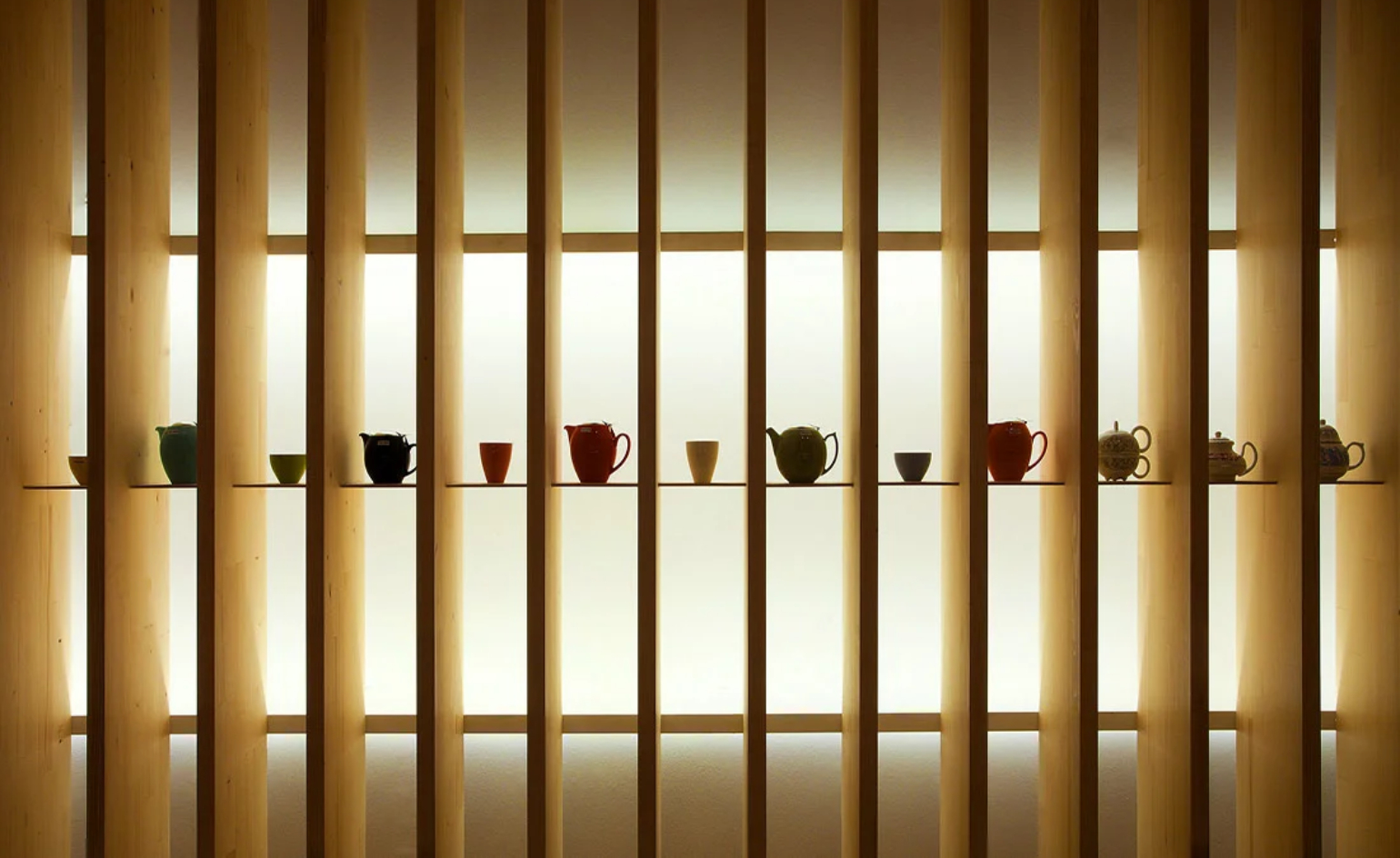 Tour the best contemporary tea houses around the world
Tour the best contemporary tea houses around the worldCelebrate the world’s most unique tea houses, from Melbourne to Stockholm, with a new book by Wallpaper’s Léa Teuscher
-
 Korean Air reveals sleek rebrand in first overhaul since 1984
Korean Air reveals sleek rebrand in first overhaul since 1984Korean Air’s new identity sheds excess detail to create a bold, minimalist identity fit for its global ambition
-
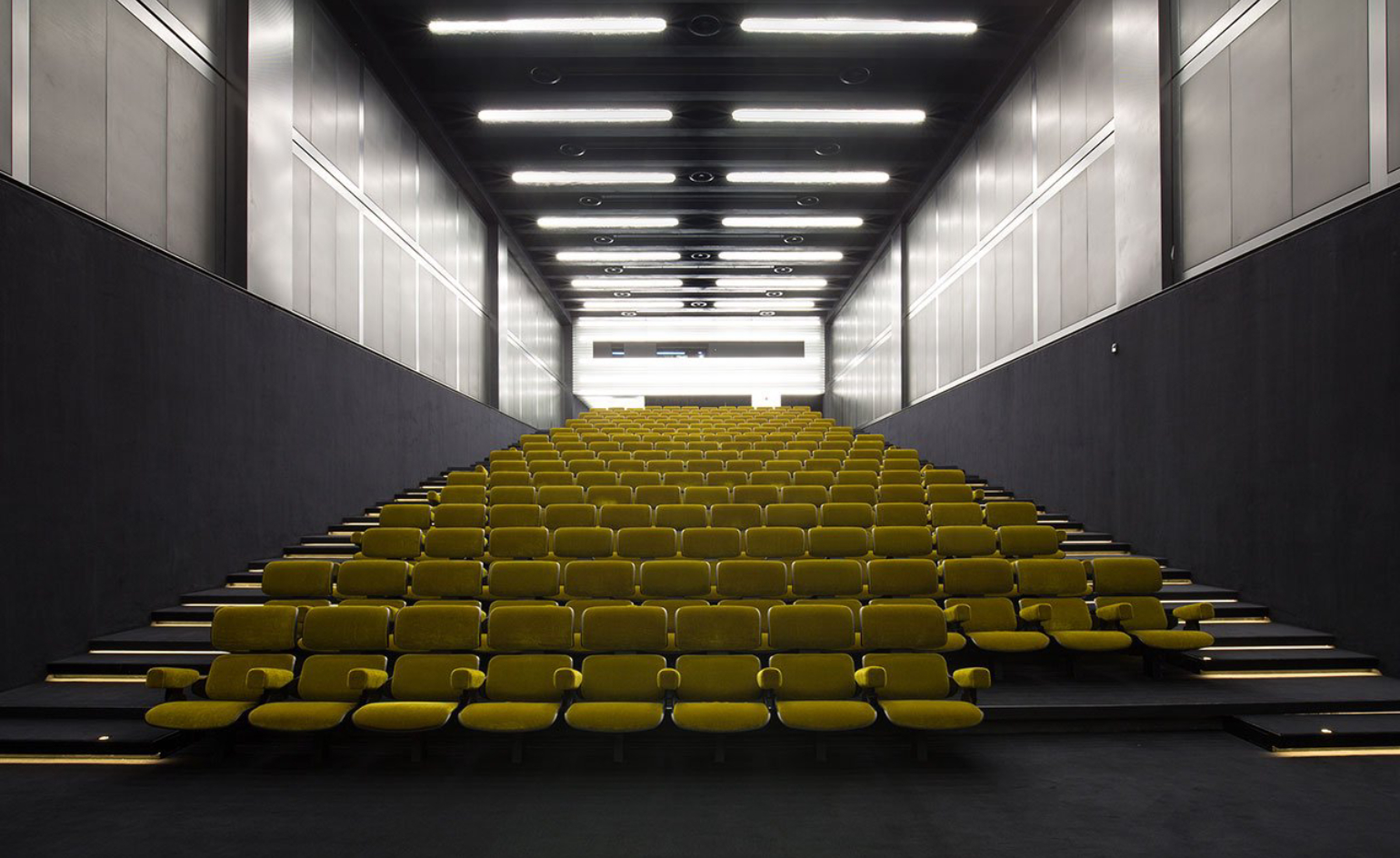 Must-visit cinemas with award-worthy design
Must-visit cinemas with award-worthy designThere’s more magic to the movies at these design-led cinemas, from Busan Cinema Centre’s ‘flying’ roof to The Gem Cinema Jaipur’s art deco allure
-
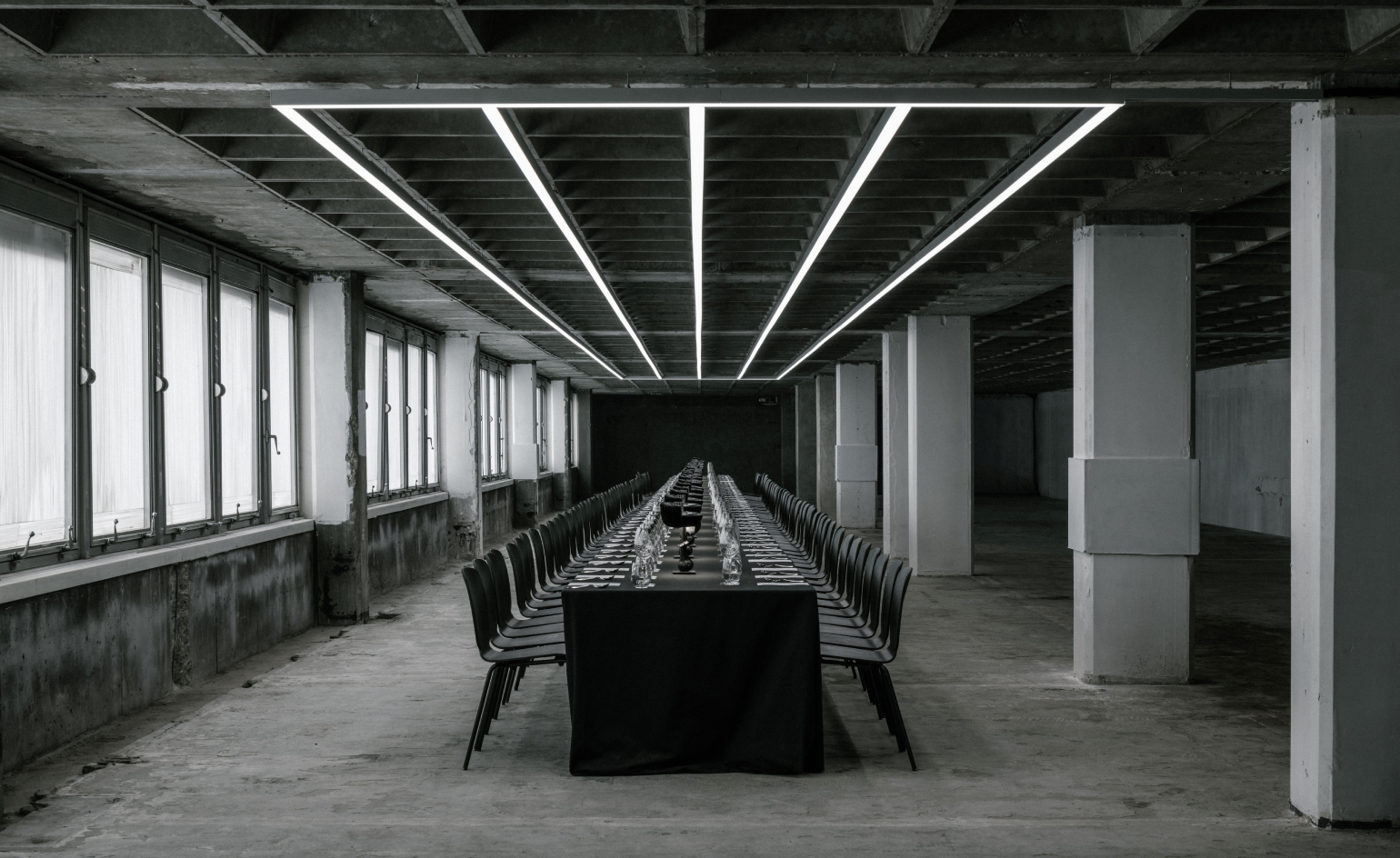 Is this the future of fine dining? Culinary creative studio We Are Ona offers food for thought
Is this the future of fine dining? Culinary creative studio We Are Ona offers food for thoughtThe Wallpaper* Design Awards 2025 honour culinary creative studio We Are Ona, whose avant-garde pop-ups are turning the fine dining experience into an art form
-
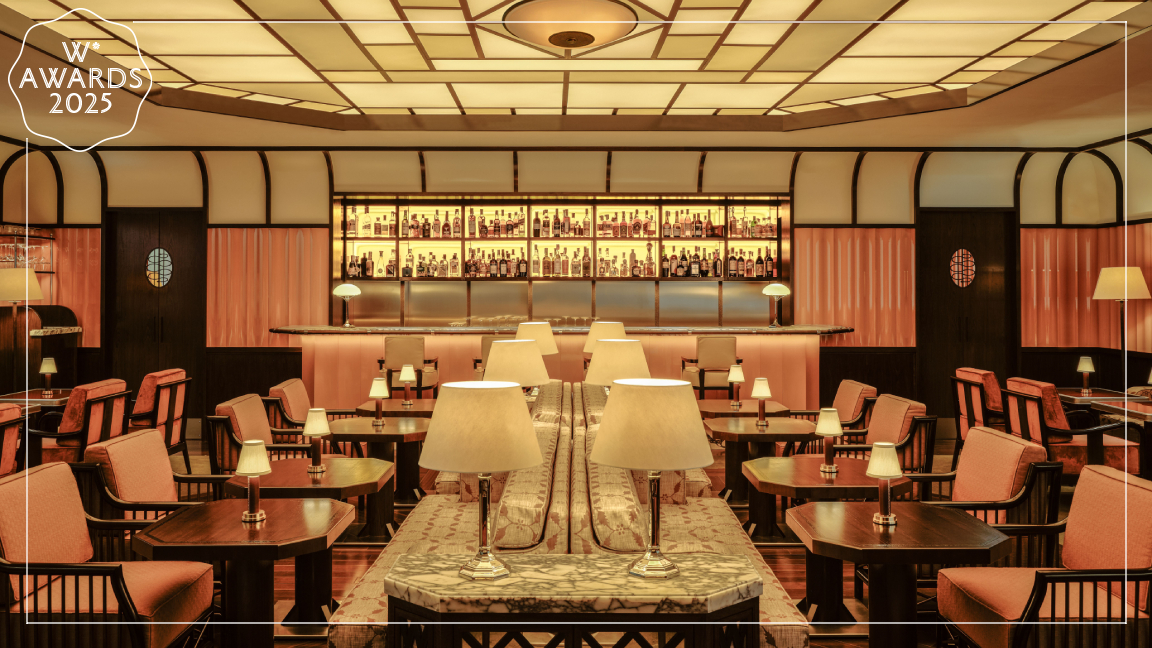 A next-generation Milanese members’ club wins Wallpaper* Design Award 2025
A next-generation Milanese members’ club wins Wallpaper* Design Award 2025The Wilde wins our Best Social Hub award for its embodiment of the cosmopolitan Milanese spirit